-

Turkish coffee
“Turkish coffee”
- Is also going with this fall mood: dull colors, brownish, cold weather...
“Is a style of coffee prepared using very finely ground coffee beans without filtering.”- Wikipedia
-
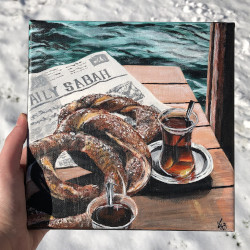
Turkish breakfast on Bosphore
"Simit"
"Simit is a circular bread, typically encrusted with sesame seeds or, less commonly, poppy, flax or sunflower seeds, found across the cuisines of the former Ottoman Empire, and the Middle East.
Simit's size, crunch, chewiness, and other characteristics vary slightly by region. It is widely known as Turkish bagel in the United States."
"Simit is generally served plain, or for breakfast with tea, fruit preserves, or cheese or ayran. Drinking tea with simit is traditional."
- Wikipedia
-

Turkish tea in semaver
“Turkish tea in semaver”
- The “semaver” is really common when you want to drink tea outside.
You just have to put some wood, which is going to burn and heat the water inside.
You can see this everywhere in Turkey and mostly in Istanbul, when people use it on the sea side when they want to chill at night. Or people who lives or going to chill on the mountains also use it.
“Tea is big in Turkey.
A great deal of the population admires this drink. When asked to describe a hot summer day, a cold winter day, a visit to family or friends, a quick way to relax and especially a full breakfast, tea will be part of it.
Traditional Turkish tea is black, and it’s consumed massively.
Turks do sometimes fancy a herbal tea, such as rose hip (kuşburnu çayı), linden flower (ıhlamur çayı) among other flavors. But those are mostly consumed for their health characteristics and to color up the taste buds.”
- theIstanbulInsider
-

Little boy with Maiden's Tower - Üsküdar, Istanbul, Türkiye
-
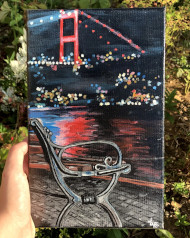
Bridge - Istanbul, Türkiye
-
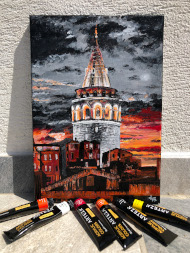
Sunset with Galata Tower - Istanbul, Türkiye
The Galata Tower (Turkish: Galata Kulesi), officially the Galata Tower Museum (Turkish: Galata Kulesi Müzesi), is an old Genoese tower in the Galata part of the Beyoğlu district of Istanbul, Turkey.
Built as a watchtower at the highest point of the (lost) Walls of Galata, the tower is now an exhibition space and museum, and a symbol of Beyoğlu and Istanbul.
- Wikipedia
-

Melike Hatun Mosque - Ankara, Türkiye
Melike Hatun Mosque is a mosque in Ankara, Turkey. It was opened to service on 27 September 2017.
The mosque is named after Melike Hatun.
Nothing definite is known about Melike Hatun, except that she was a wealthy 14th-century lady.
According to Professor Hüseyin Çınar of the Yıldırım Beyazıt University, she was probably the daughter of Kayqubad III, the Anatolian Seljuks sultan (r. 1298–1302).
She was the commissioner of many public buildings in Ankara. She was also the supporter of Hacı Bayram-ı Veli.
-Wikipedia
-
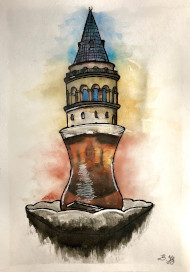
Turkish tea and Galata Tower - Istanbul, Türkiye
-

Süleymaniye Mosque - Istanbul, Türkiye
The Süleymaniye Mosque (Turkish: Süleymaniye Camii)) is an Ottoman imperial mosque located on the Third Hill of Istanbul, Turkey.
The mosque was commissioned by Suleiman the Magnificent (r. 1520–1566) and designed by the imperial architect Mimar Sinan.
The Süleymaniye Mosque is one of the best-known sights of Istanbul and from its location on the Third Hill it commands an extensive view of the city around the Golden Horn.
It is considered a masterpiece of Ottoman architecture and one of Mimar Sinan's greatest works.It is the largest Ottoman-era mosque in the city.
Like other Ottoman imperial foundations, the mosque is part of a larger külliye (religious and charitable complex) which included madrasas, a public kitchen, and a hospital, among others.
Behind the qibla wall of the mosque is an enclosed cemetery containing the separate octagonal mausoleums of Suleiman the Magnificent and his wife Hurrem Sultan (Roxelana).
- Wikipedia
-

Galata Tower in valentine's day - Istanbul, Türkiye
-
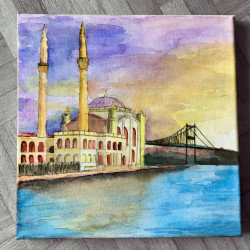
Ortaköy Mosque - Beşiktaş, Istanbul, Türkiye
Ortaköy Mosque (Turkish: Ortaköy Camii), formally the Büyük Mecidiye Camii in Beşiktaş, Istanbul, Turkey, is a mosque situated at the waterside of the Ortaköy pier square, one of the most popular locations on the Bosphorus.
It was commissioned by the Ottoman sultan Abdülmecid I and its construction was completed around 1854 or 1856.
This structure is symbolic of the district of Ortaköy and is often photographed, as it has a distinctive view of the Bosphorus Strait of Istanbul and the Bosphorus Bridge.
- Wikipedia


















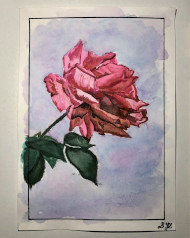



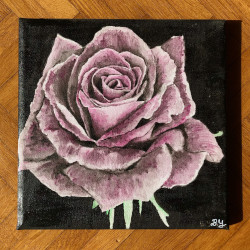


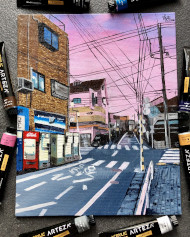
![]()
